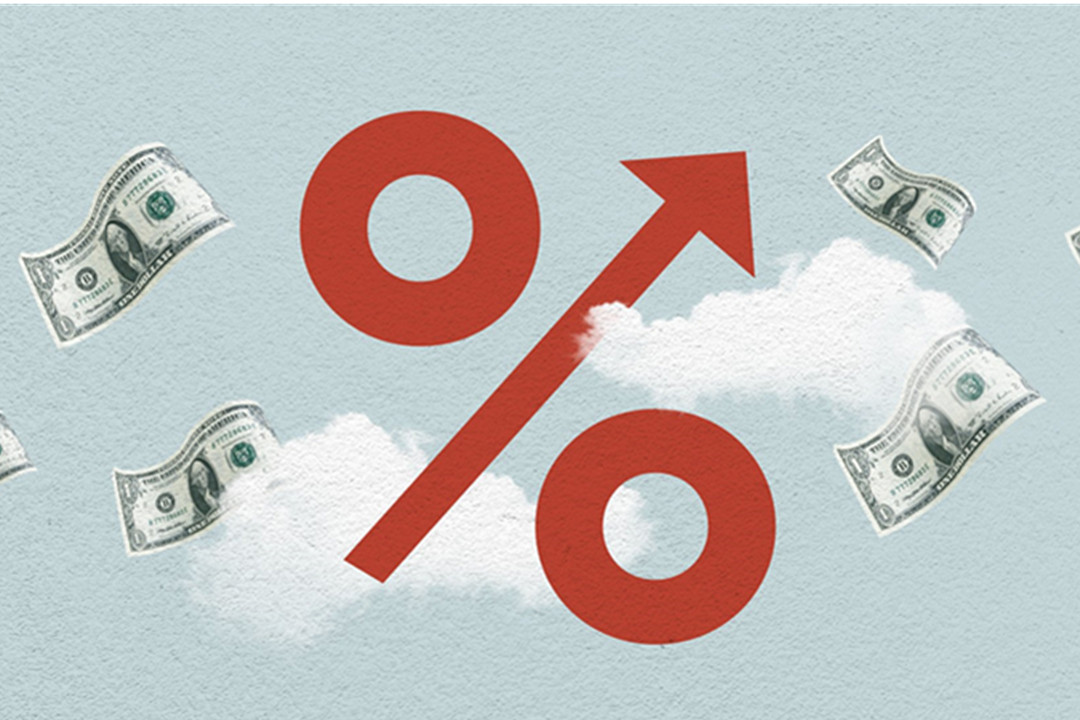Interest rates on credit cards are often presented as an Annual Percentage Rate (APR). This percentage is applied to your outstanding balance to calculate the interest you’ll owe. The APR can vary widely between different credit cards and is influenced by several factors such as your credit score, the type of card, and the lender’s policies.
A lower interest rate is always preferable as it means you’ll be charged less on your outstanding balance. However, it’s important to remember that you can avoid paying interest altogether if you pay off your balance in full each month within the grace period. This period typically lasts from the end of your billing cycle until your next payment due date.
Credit card interest rates can be either fixed or variable. A fixed interest rate remains the same unless the credit card company decides to change it. On the other hand, a variable interest rate can fluctuate based on the prime rate, which is a benchmark interest rate used by banks.

Understanding your credit card’s interest rate is crucial to managing your debt effectively. It’s recommended to always read the fine print and ask your credit card provider for clarification if needed. Keep in mind that while promotional offers with low or zero interest rates can be enticing, they often skyrocket after the promotional period ends.
Credit card interest rates are not just numbers but powerful tools that can either help or hinder your financial journey. Being aware of how they work can save you from unnecessary debt and pave the way towards better financial health.





